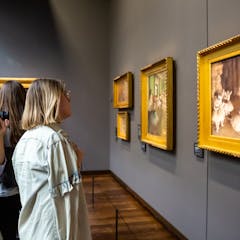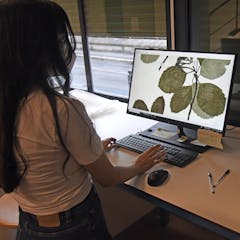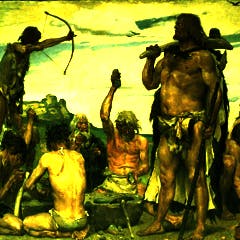
Articles on Museums
Displaying 1 - 20 of 207 articles

Experts say the ‘reimagining’ of the South Australian Museum will destroy its crucial contributions to science.

U.S. laws on the repatriation of Indigenous artifacts and remains still uphold inequities in the relationships between Indigenous people and the agencies holding their materials.

In addition to destroyed buildings, there’s an entire underground world – filled with untold numbers of artifacts, bones and ruins – that are exposed and damaged by the digging of trenches.

Notwithstanding the proliferation of exhibitions devoted to women, the question that feminists asked in the 1980s is more relevant than ever.

The elephant in the room is the existing legal framework, forged in period of decolonisation and diminishing western influence, that forbids the repatriation of antiquities.

Especially in a time when trust in political leaders and institutions wanes, arts leaders, patrons, policymakers and artists face daunting but critical questions about the value and role of artists.

Can a trip to a museum help cure mental dullness? Here’s what the science has to say.

Sneakers Unboxed: Studio to Street is now on at HOTA on the Gold Coast.

A new exhibition in Sydney is just the latest in a long, near continuous, list of Egyptian exhibitions in Australia. How much Egypt can we take?

The exhibit offers a close look at the problematic history of palaeoanthropology.

It might seem odd but it’s not the first museum in a video game or metaverse.

What should our museums collect from the sea of information and imagery to represent how Australians feel about the referendum?

From ill-thought renovation schemes to the latest row over the repatriation of the Parthenon marbles, this is not the first time the British Museum reckons with a custodianship crisis.

The Victorian Supreme Court has determined the descendants of Ned Kelly’s family are not a distinctive cultural group with the right to protections of their ‘intangible cultural heritage’.

The new museum opened at a time when the teaching of Black history is under attack by conservative politicians.

The final Indiana Jones movie is coming out June 30. The fifth in a series over 42 years, many of its ideas are taken from 19th-century orientalist and racist archaeology.

The colonial era profoundly shaped natural history museums and collections. Herbaria, which are scientists’ main source of plant specimens from around the world, are no exception.

Digital scanning offers a new window on Australia’s unique fossil history, from early multicellular lifeforms to gigantic ‘marsupial lions’.

Record numbers of visitors are flocking to blockbuster exhibitions. Behind all the excitement, there are difficult questions over how to address their carbon footprint.

From Aristotle to Darwin, inaccurate and biased narratives in science not only reproduce these biases in future generations but also perpetuate the discrimination they are used to justify.
